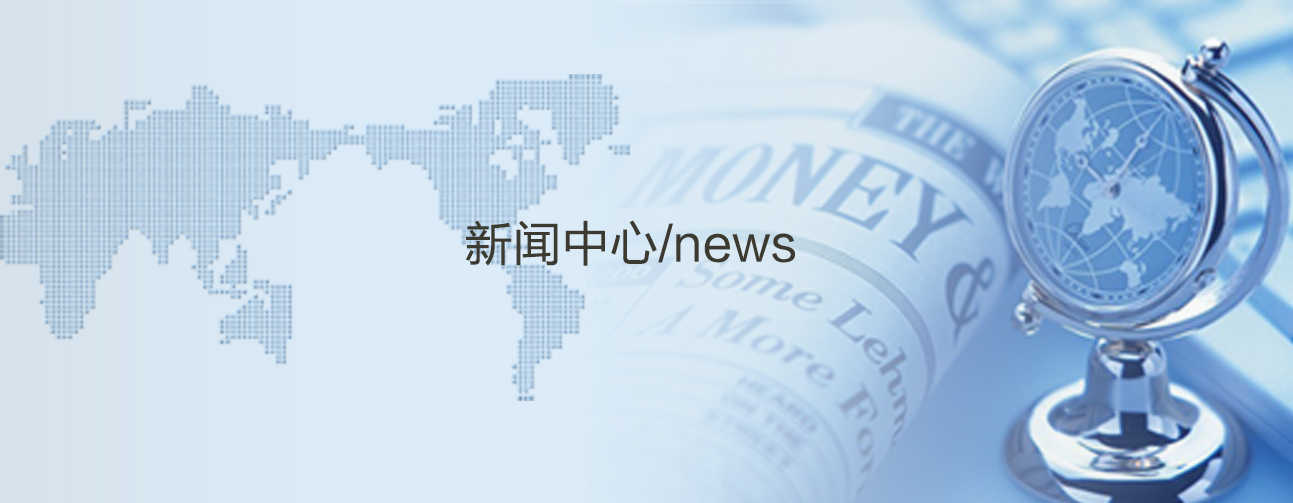Eco-plastics Break the Necessity of Plastic Biodegradation
- time:
- 2019-05-13
In recent years, in order to reduce the pollution of plastics, degradable plastics, biological plastics and ecological plastics have emerged. Environmentalists prefer eco-friendly packaging made from starch, beet or corn. However, technically speaking, eco-plastics will be no worse than conventional packaging materials, and its birth has broken the situation of the necessity of biodegradation of plastics. Whether the packaging made of eco-plastics has better environmental protection performance is a difficult question to answer.
Germany produces 14 million tons of packaging materials every year, almost 40% of which are made of plastic materials. About 1.8 million tons of this plastic package have very short service life, or only one-time use of plastic packaging, such as plastic film, plastic bags, plastic handbags, plastic sacks or disposable tableware and cooking utensils.
These packages can also be made of starch plastics and polylactic acid materials without any problem. In this way, about 6 million tons of "waste packaging" can be replaced by eco-friendly materials in Germany and Europe. Because of the strong competition mechanism of plastics in the product market, the price of ecological plastics in the market has not reached the price level of traditional packaging materials. However, the EU Eco-Plastics Commission ** survey shows that the positive growth trend of eco-plastics will continue.
In the next few years, the global production capacity of eco-plastic products will increase from 4.2 million tons in 2016 to 6.1 million tons in 2021. Here, interventionists no longer focus only on the biodegradability of eco-plastics, but more on their longer service life and better technical performance.
Eco-plastics Break the Necessary Situation of Plastic Biodegradability
The most common examples of eco-plastic packaging are integrated handbags and plastic bags packaged with starch-based raw materials. In addition to their very flexible packaging methods, starch eco plastics also have biotechnological alternative solutions, such as eco plastic packaging used in cosmetics and lipstick products packaging. In addition, beverage industry is also an important consumer of eco-plastic products.
The definition of eco-plastics is a problem in itself, because this concept is not protected by legal documents. At the same time, there are great differences and differences between eco-plastic products: for example, some eco-plastic products are made from proven renewable raw materials, some eco-plastic products are biodegradable, and others are eco-plastic products because they have the above two characteristics.
As far as the most common thermoplastic ecoplastics are concerned, besides the ecoplastics based on starch raw materials, PLA (polylactic acid) and PBB (polyhydroxybutyric acid) are also included. PLA polylactic acid (PLA) is mainly made from corn, and is most suitable for the production of packaging film or deep-drawing process products (such as beverage cups, yogurt cups, fruits, vegetables and meat packaging film). PHB Polyhydroxybutyric acid is a polyester produced by fermentation of renewable raw materials, which has the characteristics similar to that of polypropylene plastics produced by petrochemical raw materials.
Eco-PET (the most commonly used eco-plastic material in plastic bottles) has exactly the same chemical composition as conventional PET plastics, but its raw material is not the raw material produced by petrochemical enterprises, but renewable raw materials, such as beet. The advantages of eco-PET plastics are that the production equipment is adjusted and set up exactly the same. The main production processes of eco-plastic packaging materials are very similar to those of conventional plastic products with petrochemical raw materials, such as plastic film blow moulding machine, plastic extruder, thermoplastic deformation process and deep drawing process can continue to be used.
A survey conducted by the Federal Ministry of Environmental Protection in 2012 did not give a clear assessment of the role of eco-plastics in ecological balance, but stressed the complexity of such an assessment. Since then, eco-plastic packaging has often produced better results in terms of greenhouse gas emissions and paleontological resource consumption in the assessment of ecological balance, but in terms of overall ecological balance, it has no advantage over the plastic packaging produced by paleontological raw materials.
Today, almost all household goods are packaged; 56% of them, or more than half, are ecologically packaged (only 3% about 20 years ago). In the field of PET bottle production, this figure is more optimistic: 98% of PET bottles are made of eco-type raw materials, and the recycling of raw materials is good: every plastic bottle today contains 25% recycled granules. PET and eco-PET plastic bottles can be recycled together without any problem.
However, the recycling and reuse of eco-plastics need to be further developed. Eco-plastics based on biological raw materials, which are not biodegradable, such as eco-PE plastics and eco-PET plastics, can be recycled and reused with'ordinary'plastic waste; many green plastics end their life in waste incineration or biodegradation. Therefore, it is very attractive to make use of these materials again. The first technology for recycling these materials has been developed, and the corresponding sorting and recycling equipment has made some new progress.
